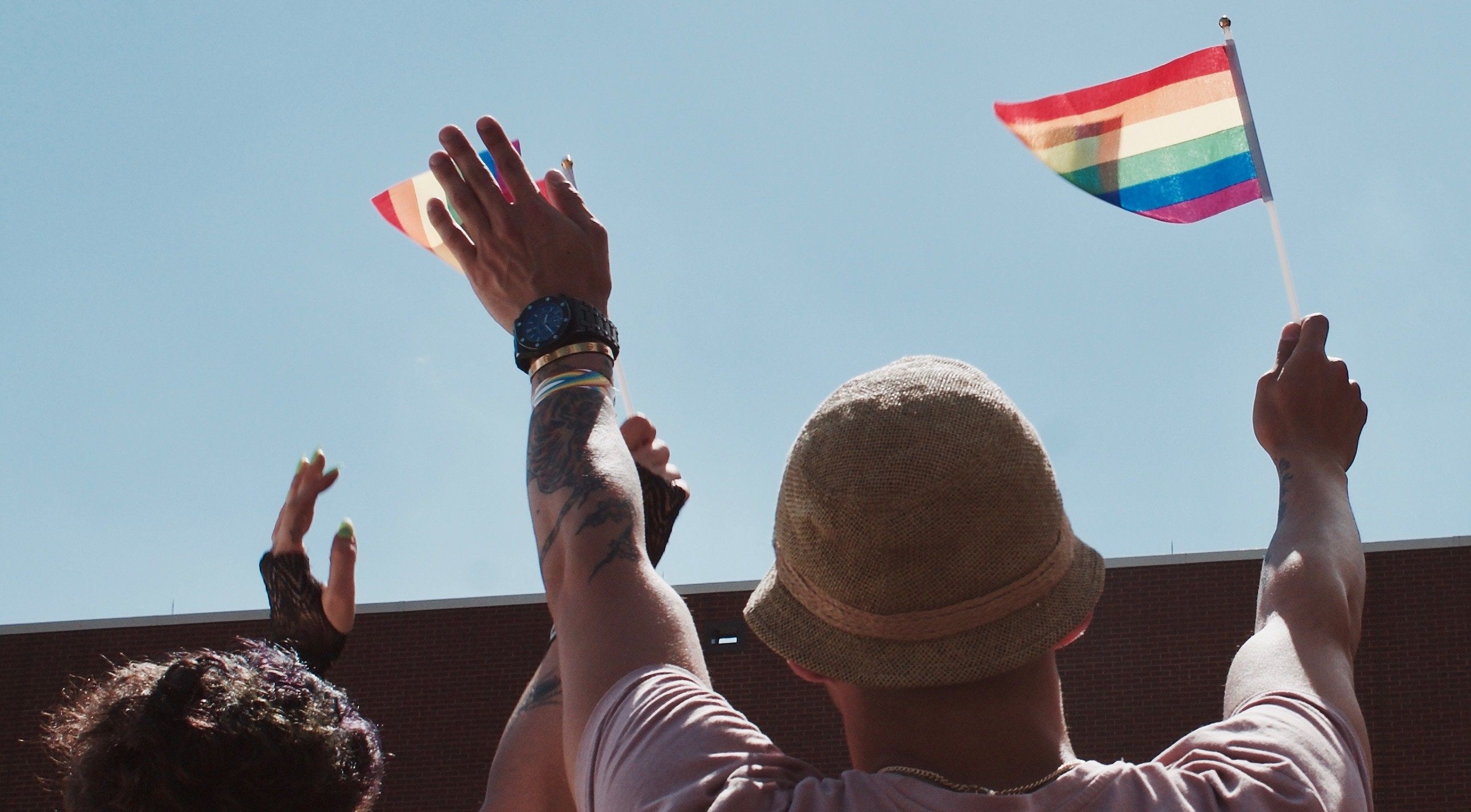Gay liberation and university culture: a brief history
Modern London Pride is a sight incomparable to most other events in the city. The ground is layered with glitter. The streets are closed off and circles of rainbow-laden LGBTUA guests and allies drink and laugh. London shuts down to celebrate and honour this community. You won’t see anything else quite like it.
But where did it all come from? It was a question which I ignored and took for granted for some time. However, owing to recent research for a project, it became apparent that the root of modern pride across the country stems from quite close to home.
On 13 October 1970, 18 gay men and one gay woman met in a basement room at the London School of Economics (LSE). Two men, Aubrey Walter and Bob Mellors, had called the meeting after meeting in New York, where they had both gone to witness the movement of the Gay Liberation Front (GLF).
Campaigning for the decriminalisation of homosexuality had begun in the UK in 1958
This movement originated in June 1969 after the Stonewall Riots in Greenwich Village, Manhattan. It spread wildly across the United States. LGBTUA+ equality was also a fledgling concept in the UK. Campaigning for the decriminalisation of homosexuality had begun in the UK in 1958, and reform was finally passed in 1967 with the support of the Campaign for Homosexual Equality, chaired by working-class Alan Horsfall.
Despite this, equality movements had remained fairly low key. The UK GLF movement sought to change this by bringing in a new era of radical campaigning.
Mellors was a student at LSE when he and Walter brought the movement to London. It is arguably because of the comparatively liberal nature of universities that the GLF managed to flourish in the UK. Without being able to use rooms at LSE, the group may have struggled to find spaces to meet – which they indeed did, owing to the nature of their movement and attitudes at the time.
LGBTUA+ students were already losing patience with archaic views against homosexuality
The student newspaper of LSE, The Beaver, ran an article highlighting this first GLF meeting. Not only did they publish the piece, but the writer was an unnamed member of the movement and therefore an LGBTUA+ student.
LGBTUA+ students were already losing patience with archaic views against homosexuality. In an essay published in 1980, Walter recollects how a small protest arose in the summer of 1970 after London University newspaper Sennet published an article with perceived anti-gay sentiments.
An environment of intolerance towards discrimination was quickly being cultivated, namely and significantly by students. The university environment acted to facilitate gay liberation in a way that the outside world did not.
The availability of university spaces had revolutionised the LGBTUA+ movement in the UK
The first GLF disco was held at LSE in December 1970. Publicity for the subsequent meetings saw attendance rising to the hundreds. The meetings were moved to the New Theatre at LSE to cope with the large number of attendees. Rooms were used at the university for meetings until they were finally evicted to Covent Garden in 1971.Though the GLF was told to vacate the university, the way had already been paved to a powerful movement. Organisation into groups had been decided and demands had been agreed upon and published. The availability of university spaces had revolutionised the LGBTUA+ movement in the UK.
A small group of mainly students had influenced not only other students, but members of the general public to join their ranks and demand equality. The influence of the London student population on gay liberation is referenced in subsequent articles written in the 1970s from national publications such as The Times.
They have also campaigned for trans* representation in mainstream media and the use of trans* actors in mainstream television
Radical change was being introduced. Even though the GLF in the UK only lasted for three years, the movement saw what is considered to be the first London Pride in August 1971. The GLF published its own magazine, Come Together, which was widely circulated. GLF groups began to spring up in major cities across the country, all because a group of students had met in the basement of LSE.
Flash forward to the modern day and students are still pivotal in LGBTUA+ campaigning and equality. National Student Pride was founded by students at Oxford Brookes University in 2005 following a homophobic ‘Homosexuality and the Bible’ talk.
National Student Pride was pivotal in campaigns which led to the Government enforcing mandatory sex and relationships education for all children in the UK. They still campaign to involve discussion of LGBTUA+ issues and relationships in this curriculum.
As students, we owe a lot to our LGBTUA+ predecessors
They have also campaigned for trans* representation in mainstream media and the use of trans* actors in mainstream television. This is alongside organising a specific LGBT hustings during the 2015 General Election. LGBTUA+ students and student bodies are still incredibly influential on a national scale.
As students, we owe a lot to our LGBTUA+ predecessors. The experience of LGBTUA+ young people in the UK is now both hugely different and hugely improved because of the work of the GLF and a group of students from LSE in 1970. Most importantly, we can learn so much from the determination of those in the past to continue making positive change in the present.

Comments